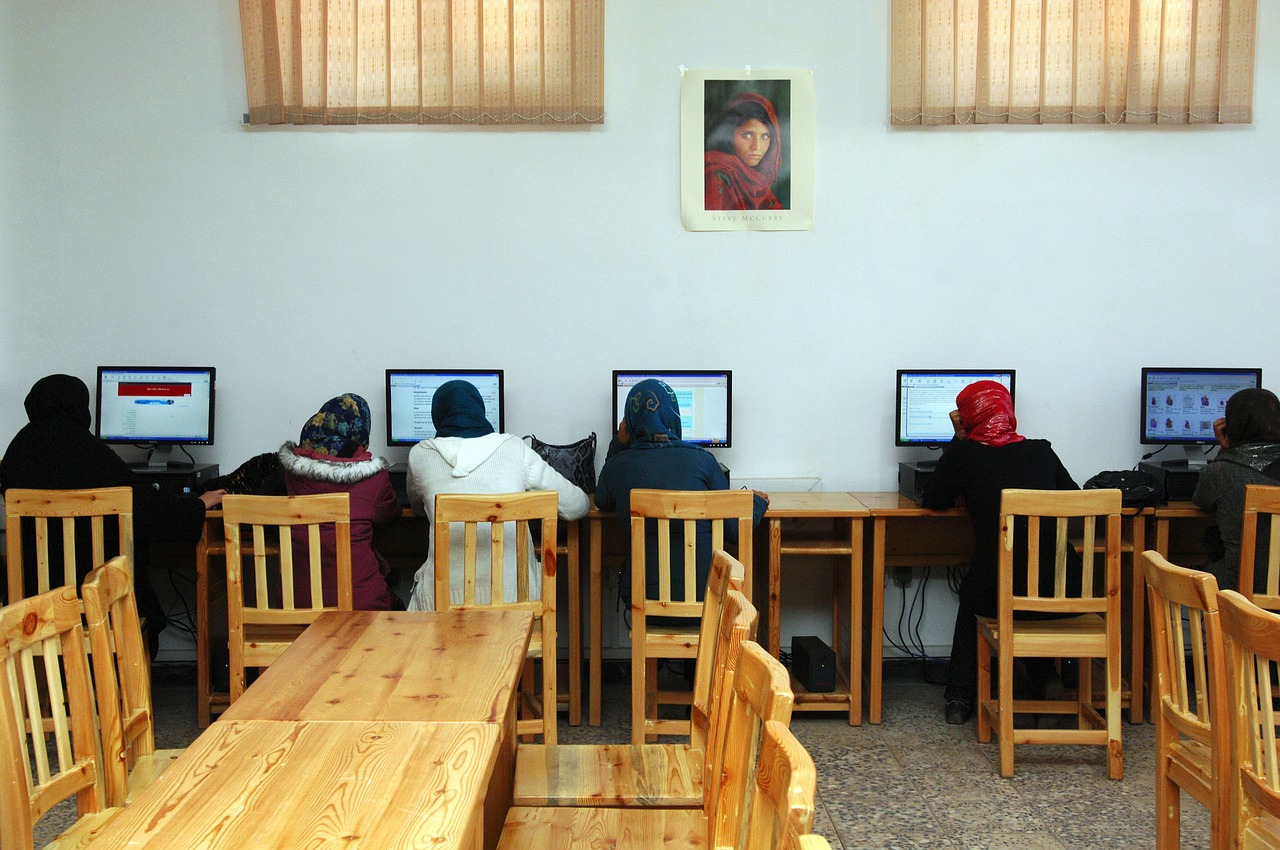Are you looking for strategies to help students learn to share with others? If so, keep reading.
1. Assess the appropriateness of the task or social situation concerning the student’s capacity and ability to perform successfully.
2. Urge sharing by giving tasks that require sharing to finish the learning experience (e.g., making murals, bulletin boards, maps, art projects, etc.).
3. Urge peers to share with the student.
4. Teach the student the concept of sharing by having the student borrow from others or lend things to others.
5. Get the student to work directly with a peer to model sharing. As the student shows success, slowly increase the size of the group.
6. Minimize competitiveness in the school environment (e.g., avoid situations where refusing to share contributes to writing; situations where winning or “beating” someone else becomes the primary objective of a game, learning experience, or academic exercise).
7. Facilitate learning activities (e.g., school bulletin board, class project, bake sale, etc.) in which students work together for a common goal rather than individual success or recognition. Emphasize that bigger accomplishments are realized through group effort rather than by individual effort.
8. Put the student in charge of communal school things (e.g., rulers, pencils, crayons, etc.) to experience sharing.
9. Let the student have many turns and enough learning materials to satisfy their immediate needs. As the student shows success, slowly require sharing and taking turns.
10. Give special learning activities for the entire class at the end of the day that are contingent upon sharing throughout the day.
11. Give enough learning materials, learning activities, etc., so sharing will not always be appropriate.
12. Organize the classroom environment to take advantage of natural sharing opportunities (e.g., allowing more group learning activities, pointing out logical consequences when a student shares).
13. Leverage chances to share and help (e.g., when there is a spill, assign students various duties for cleaning it up; when a new student enters the classroom, designate students duties for their orientation; etc.).
14. Dissuade students from bringing personal possessions to school that others might desire. Urge the use of communal school property.
15. Embody sharing behavior by allowing students to use your learning materials contingent upon returning them.
16. Consider using a classroom management app. Click here to view a list of apps that we recommend.
17. Consider using an adaptive behavior management app. Click here to view a list of apps that we recommend.
18. Consider using Alexa to help the student learn to behave appropriately. Click here to read an article that we wrote on the subject.
19. Click here to learn about six bonus strategies for challenging problem behaviors and mastering classroom management.





